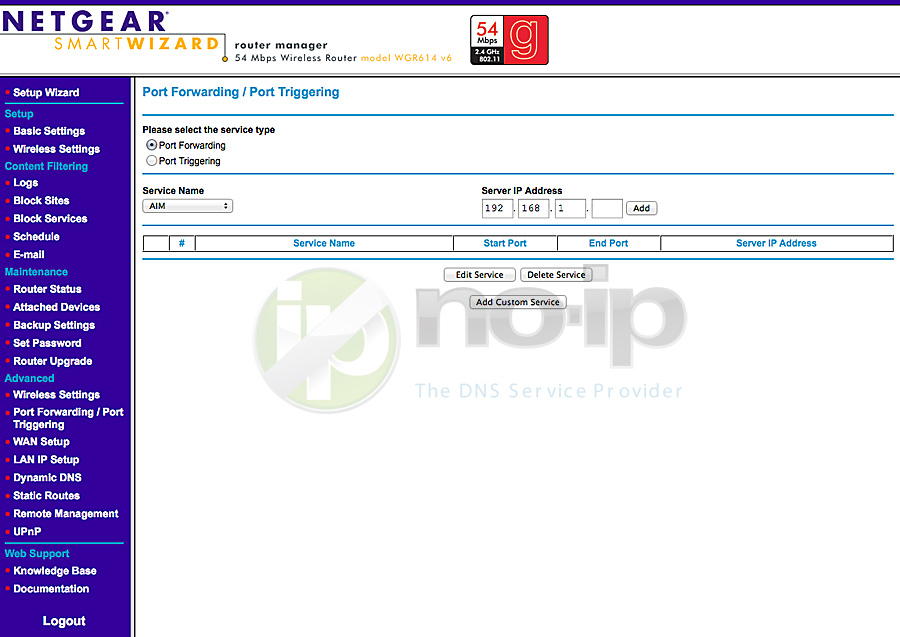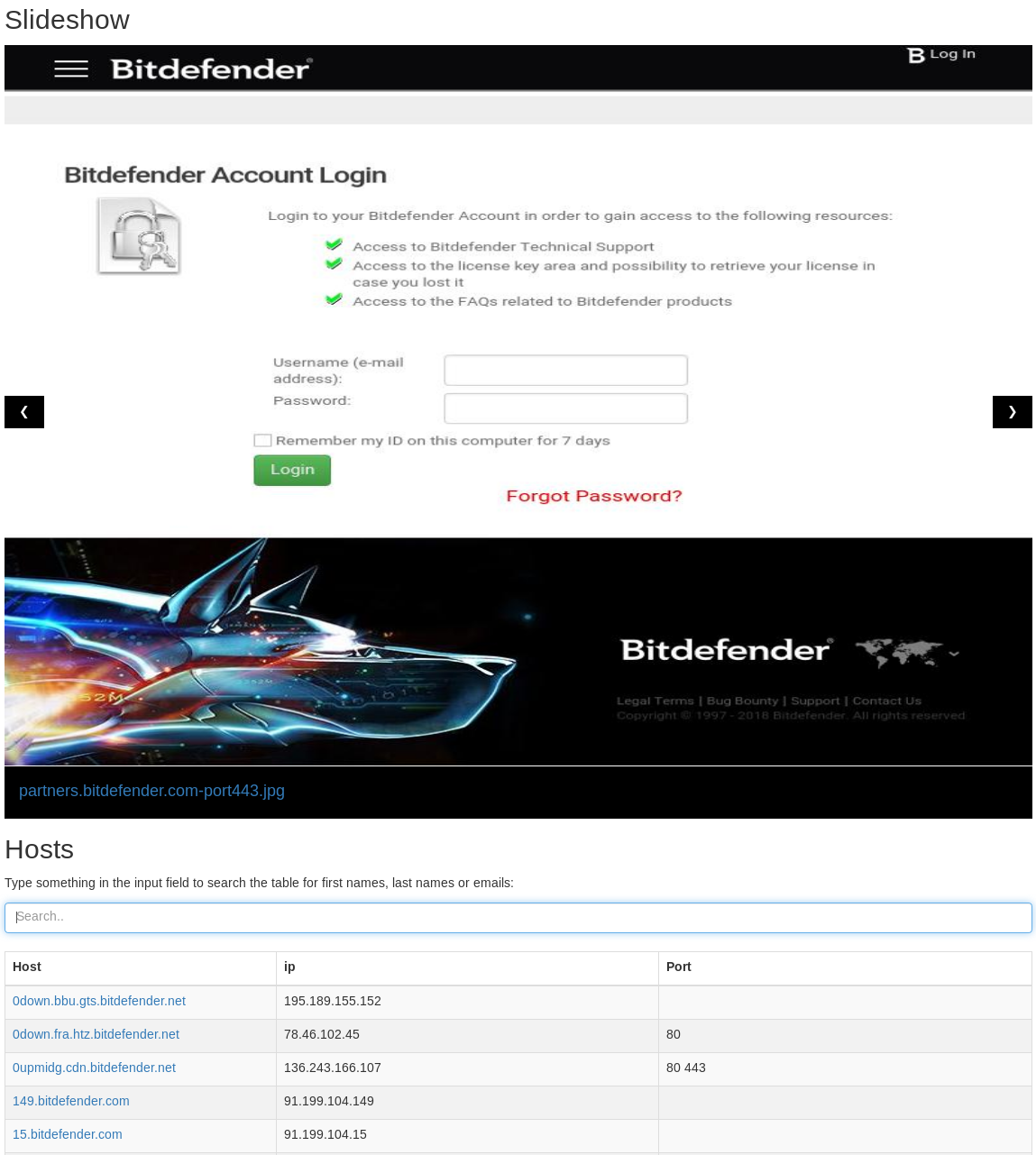

To work around that, you'll have to set up TCP port forwarding on your router to pass incoming connections arriving at your router and destined for your service on to your computer. Machines on the Internet can only connect to that public address. With IPv4, because of the global address shortage you'll typically get only a single public address from your provider which your router itself will occupy. Your router gets a public IPv6 prefix from your provider and assigns public IPv6 addresses from that block to the devices on your network without further ado. In most typical settings you don't have to do anything for that beyond enabling IPv6 on your router. With IPv6, you make sure your computer itself has a public address. This is where the essential difference exists between IPv4 and IPv6:

Provide a public IP address for the service.

How to do this depends on the operating system and the host firewall in use. Making sure it isn't blocked by the host firewall, either (dangerous) by turning the host firewall off or (better) by explicitly allowing incoming connections to the service in the host firewall. How this is done depends on the application providing the service and on the operating system of the computer. Making sure it isn't bound to the loopback address (127.0.0.1 or ::1) which is only reachable on the computer itself.


 0 kommentar(er)
0 kommentar(er)
